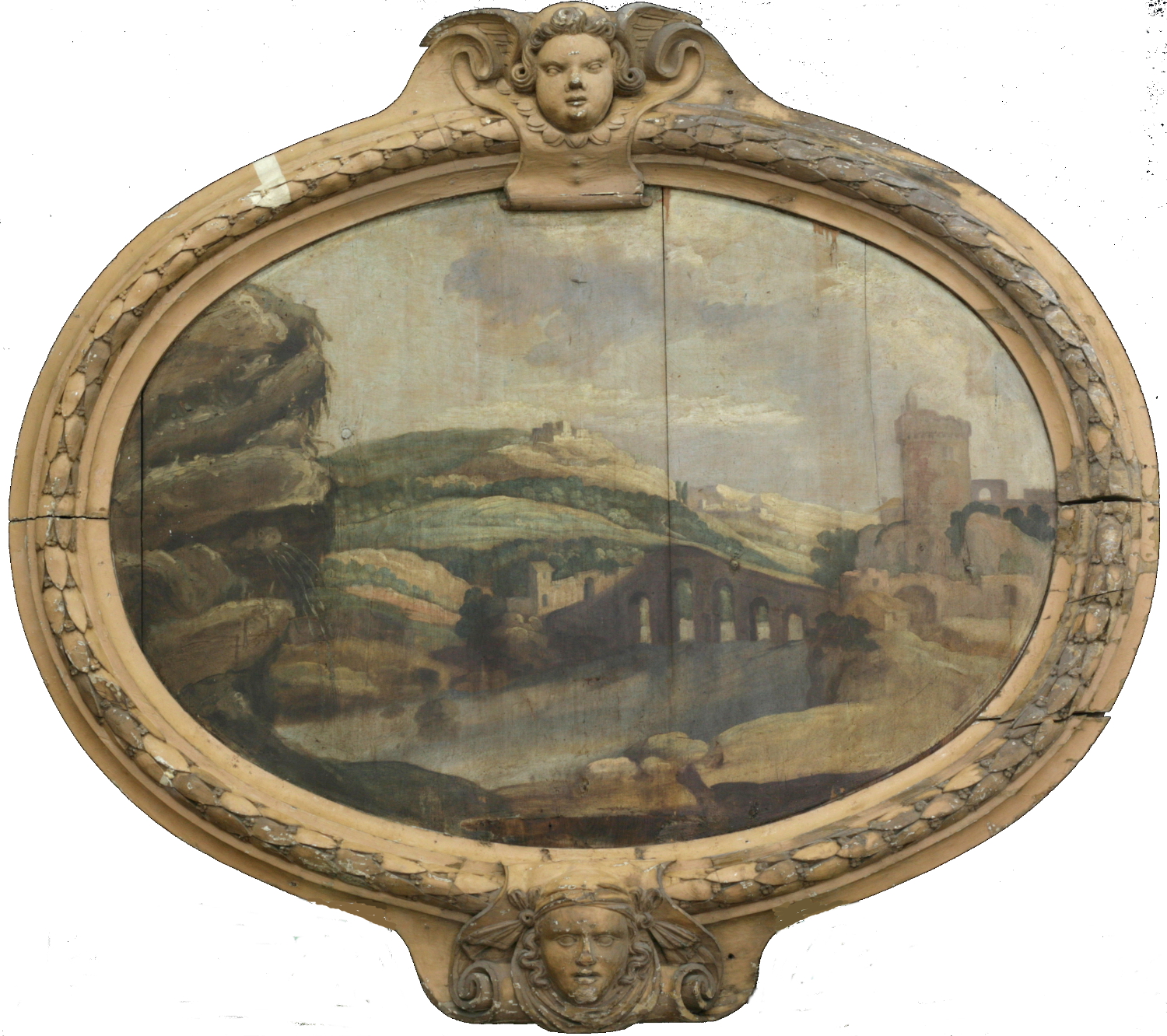At KSH Conservation Ltd we have a number of interests that we are able to indulge through the paintings that come to our studio. These are usually related to our location, in East Anglia. Below are details of some ongoing research projects. We would welcome any new information about these artists to contribute to the body of data we are compiling.
Tudor Portraiture in Norfolk Collections: Norfolk has a rich history dating back to the sixteenth century and many local historic families retain paintings collections from the Tudor period. We are fortunate to have access to these private collections and alongside conservation treatments we carry out technical and art historical research, enabling us to make a significant contribution to this developing body of knowledge. We have successfully resolved misidentifications of sitters and misattributions of artists.
If you are interested in Tudor Painting, why not visit the National Portrait Gallery’s website to access their Making Art In Tudor Britain database?
https://www.npg.org.uk/research/programmes/making-art-in-tudor-britain/
John Theodore Heins (or Heinz) (1697-1756) was a migrant painter of German origin who moved to Norwich in the eighteenth century. He came from a family of generations of painters, including his father, grandfather and great-grandfather, who all worked in Germany. Heins produced remarkable portraits and religious paintings, many of which remain unattributed in the East Anglia area. He may have worked with the polymath William Kent, creating painted interiors for large country houses around East Anglia. We have worked on Heins’s Resurrection from St Andrew’s Church, Trowse, a number of his portraits from significant private collections in the area and are currently looking into the possibility of some paintings in St Peter Mancroft Church, Norwich being by Heins.
Follow this link to a website dedicated to J T Heins.
- Do you think you have seen or worked on a painting by J T Heins?
- Do you know anything about his relationship with William Kent?
William Kent (1685-1748) was the golden boy of the Georgian aristocracy. He was an architect, interior designer, painter, furniture designer, metalwork designer, sculpture designer, book illustrator and garden landscape designer, and almost everyone wanted him to contribute to or preferably, completely manage, the designs for their properties. He employed many craftsmen and painters to execute his visions. We are very interested to know more about those painters who worked alongside him, for example John Theodore Heins (see above). Fundamentally, Kent wanted to be a great painter, and it is those autograph paintings, paintings that show his hand at work creating spontaneous brush marks and compositions, in which we are most interested. In the past few years we have discovered and had the chance to work on a wonderful capriccio by Kent from Raynham Hall and examined an early painting of his, Alexander and Diogenese, from Sidney Sussex College, Cambridge. We have also worked on Kent’s decorative schemes in local properties such as Raynham Hall and Houghton Hall amongst others.
In 2014 there was an excellent exhibition of William Kent’s work held at the Victoria and Albert Museum, London. The comprehensive catalogue resulting from this exhibition is the best source of information about the artist.
- Do you know anything about the assistants and collaborators of William Kent?
- Do you think you have seen a painting by William Kent, currently unpublished?
The Norwich School of Painters was a group of artists working in the early nineteenth-century, based in Norwich and painting scenes from around the Norwich area, including the Norfolk coastline, scenery and architecture. The two best known painters of the group were John Sell Cotman and John Crome and other artists included George Vincent, Joseph and Alfred Stannard and James Stark. Many others were on the periphery of the group. They were highly influenced by Gainsborough and the Dutch seventeenth-century landscapists, which set them apart from the Suffolk painters who followed Constable. They were the best known group of artists in the UK outside of London at the time but have fallen into relative obscurity.
Due to our location in Norfolk, at KSH Conservation Ltd we see many paintings by Norfolk artists and are beginning to build a broader picture of who was involved with the Norwich School, based on technical and art historical evidence. Norwich Castle Museum have many wonderful examples of Norwich School paintings and in 2011 held an exhibition and produced the fascinating book A Vision of England: Paintings of the Norwich School. We are also interested in the framers Thirtle and Boswell used so often by the Norwich School painters.
- Do you have a painting by a member of the Norwich School?
- Do you have a nineteenth-century painting that is of a Norwich scene, but don’t know who painted it?
- Do you have any information about the techniques of Norwich School painters?
